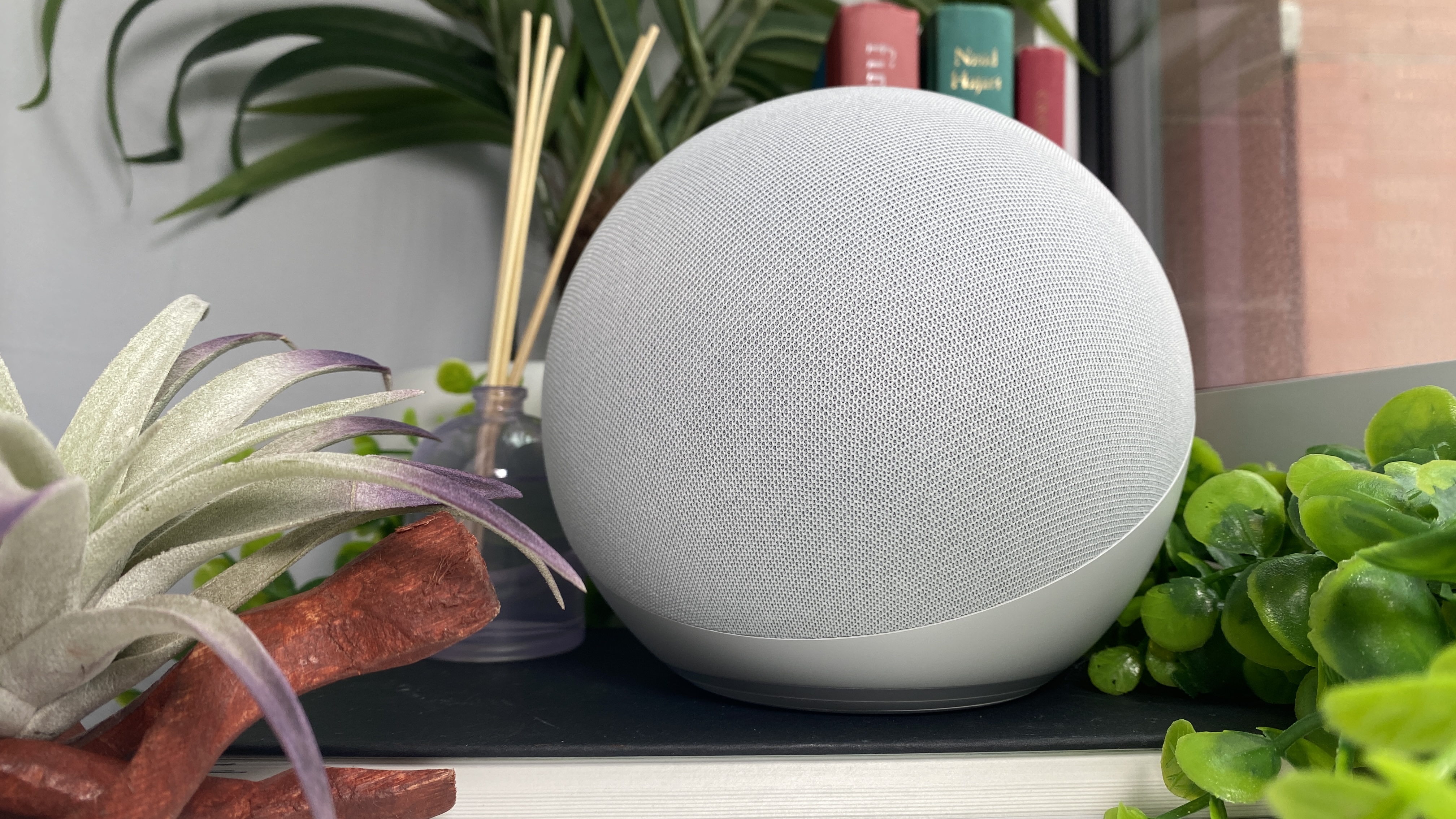When it comes to choosing the perfect setting for a lab diamond ring, two metals stand out: platinum and gold. Both are highly regarded for their beauty, durability, and ability to complement the brilliance of a lab grown diamond. However, each metal has its own unique properties, benefits, and drawbacks, which can influence your decision. In this article, we will compare platinum vs gold lab diamond rings, exploring their differences in terms of appearance, durability, cost, and other important factors to help you make an informed choice for your engagement ring.
Platinum Lab Diamond Rings: The Premium Choice
Platinum lab diamond rings are known for their exceptional durability and timeless appeal. As a naturally white metal, platinum perfectly enhances the brilliance of a lab grown diamond. One of the key advantages of platinum is its rarity and high density. This makes platinum rings heavier and more substantial than gold rings, which some people prefer for their engagement ring. The weight of platinum also gives the ring a luxurious feel, making it an attractive option for those seeking a ring with a sense of prestige.
In terms of appearance, platinum’s white hue is more reflective than that of gold, which allows it to showcase the sparkle of a lab diamond more vividly. Platinum’s natural white color means it does not require rhodium plating, unlike white gold, which can dull over time and needs regular replating. This makes platinum a low-maintenance option that retains its shine and color for years.
Another important factor to consider when comparing platinum vs gold lab diamond rings is platinum’s hypoallergenic nature. If you have sensitive skin, platinum is an excellent choice as it is less likely to cause irritation. This makes it ideal for individuals with allergies to certain metals like nickel, which is often found in gold alloys.
Gold Lab Diamond Rings: A Versatile and Affordable Option
Gold lab diamond rings are another popular choice for engagement rings, offering a more versatile range of colors and a slightly more affordable option compared to platinum. Gold is available in three main varieties: yellow, white, and rose. Yellow gold is the traditional choice, with a rich, warm tone that complements the natural color of many lab diamonds. White gold, on the other hand, has a similar appearance to platinum but tends to be more affordable. Rose gold lab diamond rings have become increasingly popular due to their romantic, vintage look, providing a unique twist to the classic engagement ring.
When comparing platinum vs gold lab diamond rings, one of the standout advantages of gold is its cost-effectiveness. Gold is generally more affordable than platinum, which can make it a better choice for couples on a budget or those who want to allocate more of their budget to the diamond itself. Additionally, gold rings are more malleable than platinum, meaning they can be crafted into more intricate designs. This flexibility allows for more customization options, which can be ideal for couples looking for a personalized engagement ring.
However, one of the drawbacks of gold lab diamond rings is their tendency to wear down over time. Gold is a softer metal compared to platinum, which means it can scratch and bend more easily. This is particularly true for 14K and 18K gold, which have higher percentages of other metals mixed with gold. White gold, while an attractive option, will require periodic rhodium plating to maintain its shiny, white appearance. Over time, this plating can wear off, and the gold may take on a slightly yellowish hue.
Durability: Platinum vs Gold Lab Diamond Rings
When it comes to durability, platinum has a clear advantage over gold. Platinum is known for its incredible strength and resistance to wear and tear. It’s a dense metal that can withstand daily wear without losing its shape or brilliance. Platinum’s durability makes it an excellent choice for an engagement ring that will be worn every day for many years. Over time, platinum will develop a patina, which some people find appealing as it adds character to the ring. However, it’s important to note that platinum is not immune to scratches, but it is much less likely to show significant signs of damage compared to gold.
Gold, while still durable, is a softer metal and can be more prone to scratching and bending over time. This is especially true for 14K and 18K gold, which contain a higher percentage of non-gold metals. Over time, gold rings may need to be re-polished or repaired to restore their original look. If you are someone who leads an active lifestyle or works with your hands frequently, you may want to consider platinum for its superior durability.
Cost: Platinum vs Gold Lab Diamond Rings
When comparing platinum vs gold lab diamond rings in terms of cost, gold is typically the more affordable option. Gold is more abundant and less expensive to produce than platinum, which translates to a lower price for the ring. If you’re looking to save money while still getting a beautiful and durable lab diamond ring, gold may be the best choice. The price of a gold lab diamond ring will depend on the karat and the specific design, but in general, it will be more budget-friendly than platinum.
On the other hand, platinum lab diamond rings are generally more expensive due to the rarity and density of platinum. Platinum’s higher price point reflects the cost of sourcing and refining the metal, as well as the fact that it requires more of the metal to create the same size ring. If budget is a concern, it’s important to weigh the benefits of platinum’s durability and prestige against the cost savings of choosing gold.
Maintenance and Longevity: Platinum vs Gold Lab Diamond Rings
Both platinum and gold lab diamond rings require some level of maintenance to keep them looking their best. However, platinum is generally easier to care for because it doesn’t need regular replating like white gold. The natural white color of platinum also makes it resistant to tarnishing or discoloration, so it will retain its shine for longer. As platinum is a more durable metal, it also tends to last longer, making it a great investment if you’re looking for a ring that will stand the test of time.
Gold lab diamond rings, particularly white gold, will require more frequent maintenance to maintain their appearance. As white gold loses its shine over time, you will need to have it re-plated with rhodium to restore its luster. Additionally lab grown diamonds, gold is a softer metal and may scratch or bend over time, especially if the ring is worn daily. Despite this, gold rings are still durable enough for everyday wear and can be restored with polishing or resizing if necessary.
Conclusion: Which is the Better Choice for You?
The decision between platinum vs gold lab diamond rings ultimately comes down to personal preference and priorities. If you are looking for a ring that offers superior durability, a timeless appearance, and low-maintenance care, platinum may be the right choice for you. On the other hand, if you want a more affordable option with the flexibility to choose from a variety of colors, gold could be the perfect metal for your engagement ring.
Both platinum and gold have their own unique advantages, and either choice will provide a beautiful setting for your lab grown diamond. Consider your budget, lifestyle, and personal style preferences when making your decision, and remember that the most important thing is to select a ring that reflects your values and symbolizes your love and commitment.















